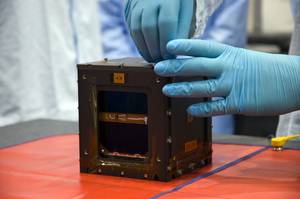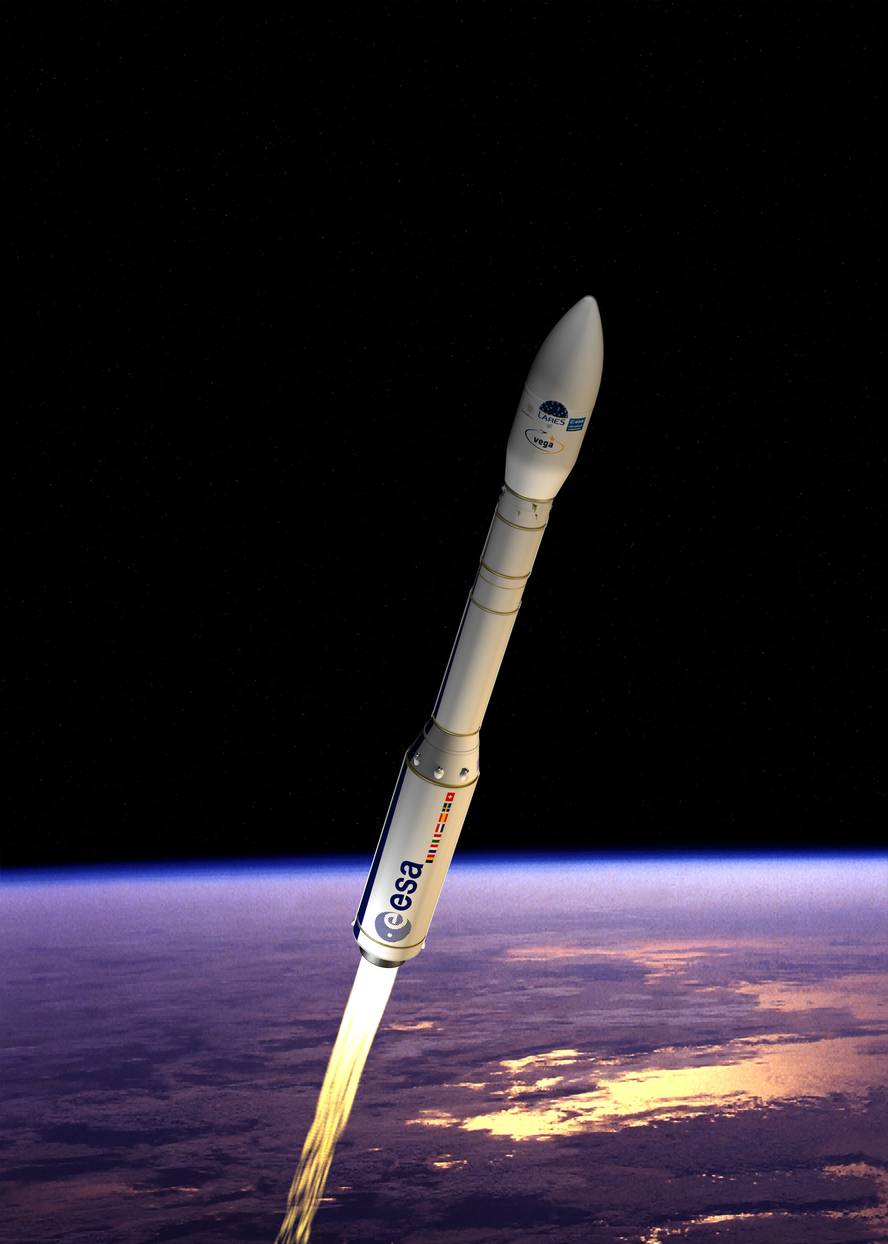Ready to launch the new rocket Vega
The first flight of the Vega rocket is scheduled for Monday and will be launched from Kourou (French Guiana). Currently, Vega is the smallest of the three rockets ESA has and has been designed to put research satellites into orbit. They will be “cheap” launches to encourage research from space. In this flight, for example, it will put nine satellites into orbit and experts hope that the trajectory of this peculiar rocket will be fruitful in this sense.
It is special because this rocket will reach the orbits in which others do not arrive. In fact, Vega has the capacity to carry satellites to orbits on poles and low orbits less than 2,000 kilometers. These orbits are interesting for research, especially for the study of Earth itself from space, but not for most commercial satellites. Therefore, the Vega rocket will not be used, for example, to put in the space of telecommunications satellites, the most profitable activity in the field of satellites.
The rocket, 30 meters long and 3 wide, consists of four phases. The first three use solid fuel and, once released, the rocket head uses liquid fuel to enter orbit accurately.
On Monday's flight, Vega will take nine satellites. The main one is the LARES satellite, a satellite made by the Italian Space Agency to analyze the effect of gravity and relativity. In addition, for Earth observation, it will put into orbit the satellite <UNK> at-1 and seven small cubic satellites, CubeSat. If there are no problems on this first flight, Vega will perform five more missions by 2016.

The Italian Space Agency took the first steps to create the Vega. The name itself is an acronym that comes from: Vettore Europeo di Generazione Avanzata (European Rocket Transport Advanced Generation), which recalls the name of the star Vega. The Italians had the idea of making a low cost rocket, which is the one that has done the most technical work and which is the one that has contributed the most money to the project. In total it took 25 years to develop the rocket and the date of its first flight has had many delays. Experts say the first release must necessarily be on February 13, because if they fail to pull, the next session would be too late. Precisely because from Kourou on March 9 they will launch the rocket Arianne 5 and that launch will have priority with Vega, since it has to carry a new module for the ISS. The possibility of launching the Vega is within a few days. The countdown has been started.






